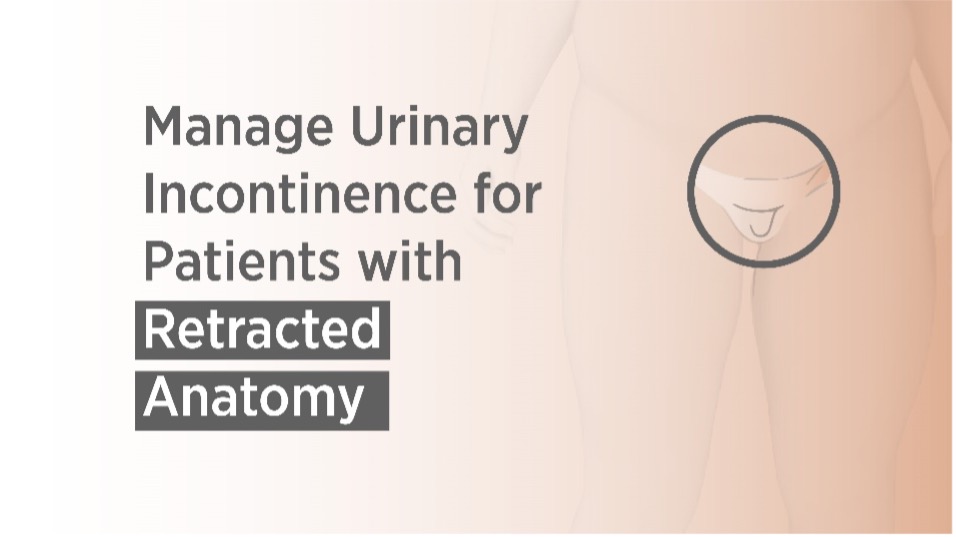Urinary incontinence (UI) is a common and a challenging condition to manage in healthcare facilities. However, for patients with retracted anatomy, the difficulties for nurses to find an appropriate solution can be even more pronounced. Approximately 8 to 27 percent of hospital patients in the United States experience urinary incontinence. A number of factors contribute to UI, including being immobile, receiving diuretics, having a bladder infection, and difficulty getting out of bed due to equipment or weakness.
Different ways to manage urinary incontinence
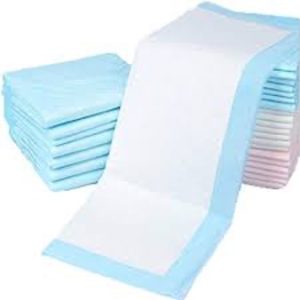
Absorbent Pads for managing Urinary Incontinence
Nurses use a wide variety of solutions to manage UI in their patients. The most common options currently used include hospital bed pads, indwelling catheters, and external catheter. While adequate, these approaches leave a lot to be desired. Nearly every traditional approach to urinary incontinence increases the risk for urinary tract infections (UTIs).
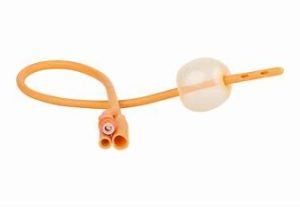
IUCs a.k.a Foley Catheters
While foley, suprapubic, and other types of indwelling urinary catheters (IUCs) can be effective in managing incontinence, they can also be associated with several complications. In individuals with retracted anatomy, the catheter may be more difficult to insert and can cause pain or discomfort. There is also a risk of bladder spasm, infections or injuries which can be particularly challenging to manage. In fact, IUCs are responsible for more than 75 percent of UTIs acquired in healthcare settings.
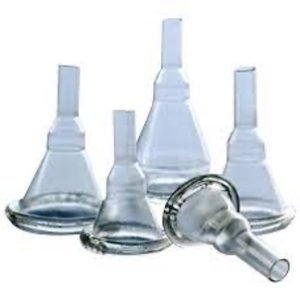
Condom Catheters a.k.a Texas Catheters
Pouch based, condom, sheath catheter and other external catheters can be more comfortable than indwelling catheters for managing incontinence with retracted anatomy. However, they can also pose several difficulties. Ensuring the external catheter has an adequate fit and is secured in place can be difficult, and individuals may experience leakage or skin irritation.
Most pouch based catheters do not create a complete seal around the patient’s anatomy which could make them susceptible towards leakage. Absence of an all-round adhesive around the anatomy could also make the retracted anatomy to slip out and thus cause involuntary dislodgement of device, leakage and inaccurate output measurement.
Retracted or inverted anatomy is difficult to handle and maneuver. Hospitalization, medications, dehydration, and other factors can cause the penis to shrink in ways that make applying an external catheter challenging.
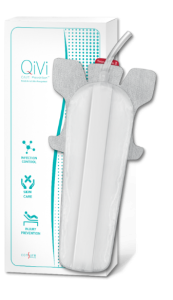
QiVi CAUTI Prevention Male External Catheters
Fortunately, for patients and nurses alike, there is an alternative – QiVi- male external catheter. This innovative urinary management system conforms around patient anatomy to create an enclosure, without damaging the skin. The device contains a skin friendly, silicone-based adhesive that is applied at the suprapubic region that keeps the device in place.
The urinary management device has a pleated design to create space within the pouch. The device orifice is compatible with most anatomy sizes. For patients with larger anatomy, the orifice can be cut to incorporate space for larger anatomy without any significant compromise on device adhesion thus making QiVi a truly universal fit external catheter for the male anatomy.
QiVi is a 100% closed system, which prevents bacteria and other pathogens from entering the patient’s bladder and cause infection. Rather than being gravity-fed, like traditional Foley catheters, QiVi uses a suction system that diverts the urine away from the patient’s body before it breaks down the epidermis and cause IAD.
QiVi offers one of the best ways to manage urinary incontinence, especially for patients with retracted anatomy. For more information on QiVi, contact Consure Medical.
